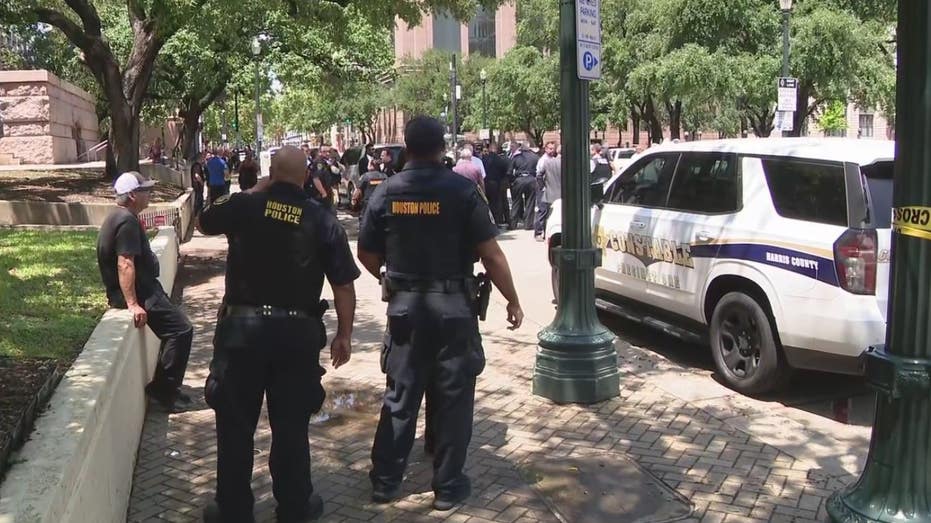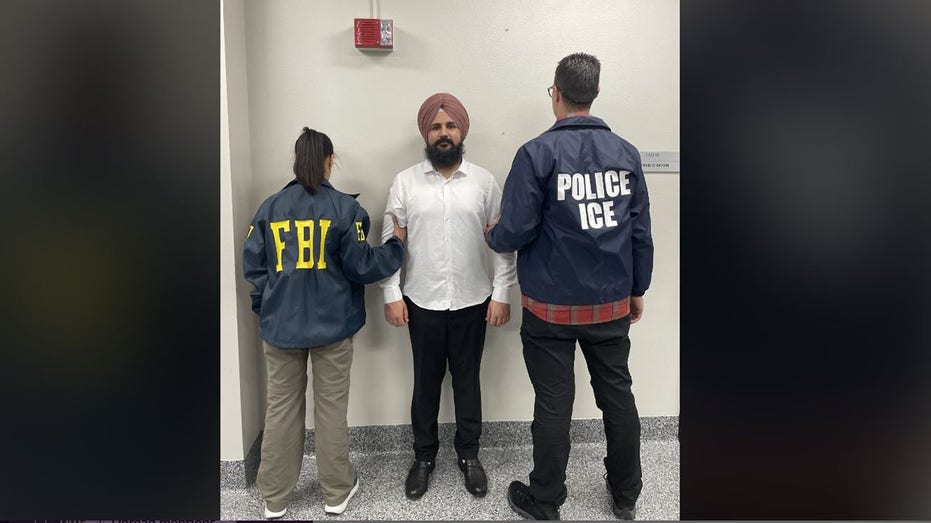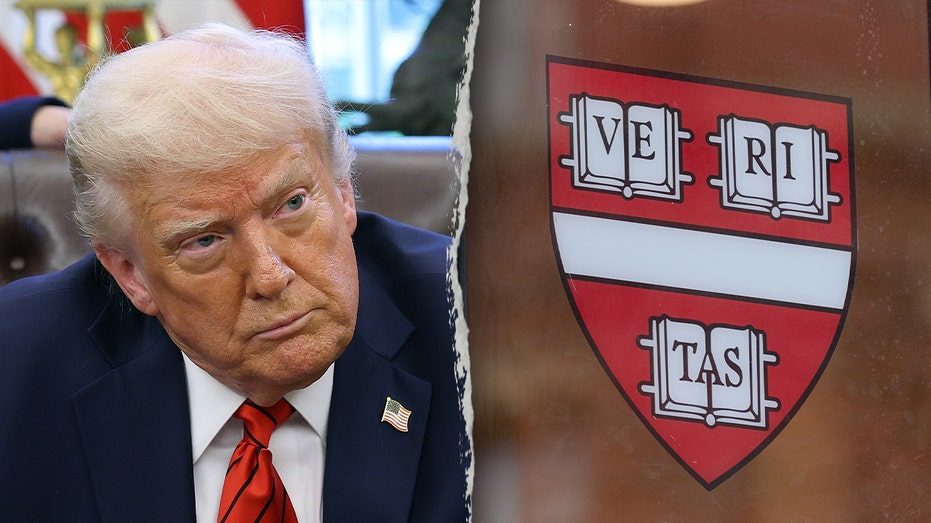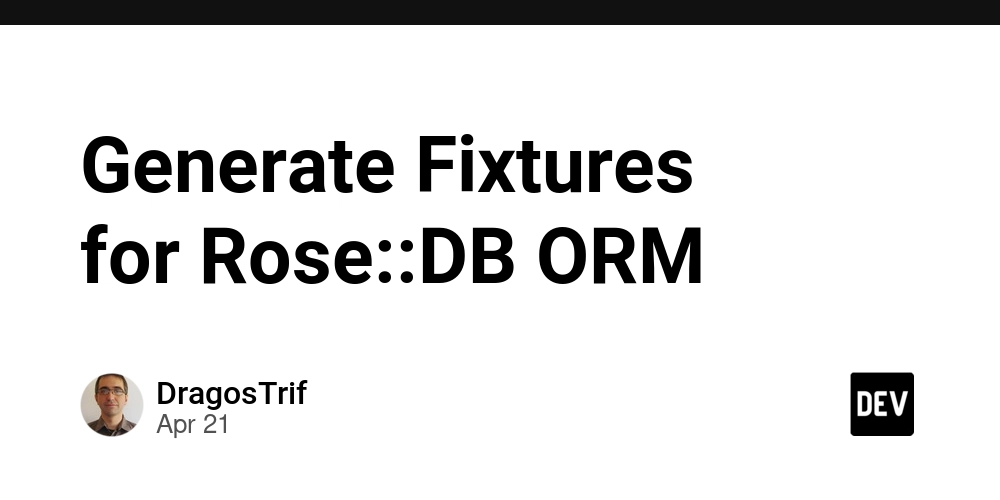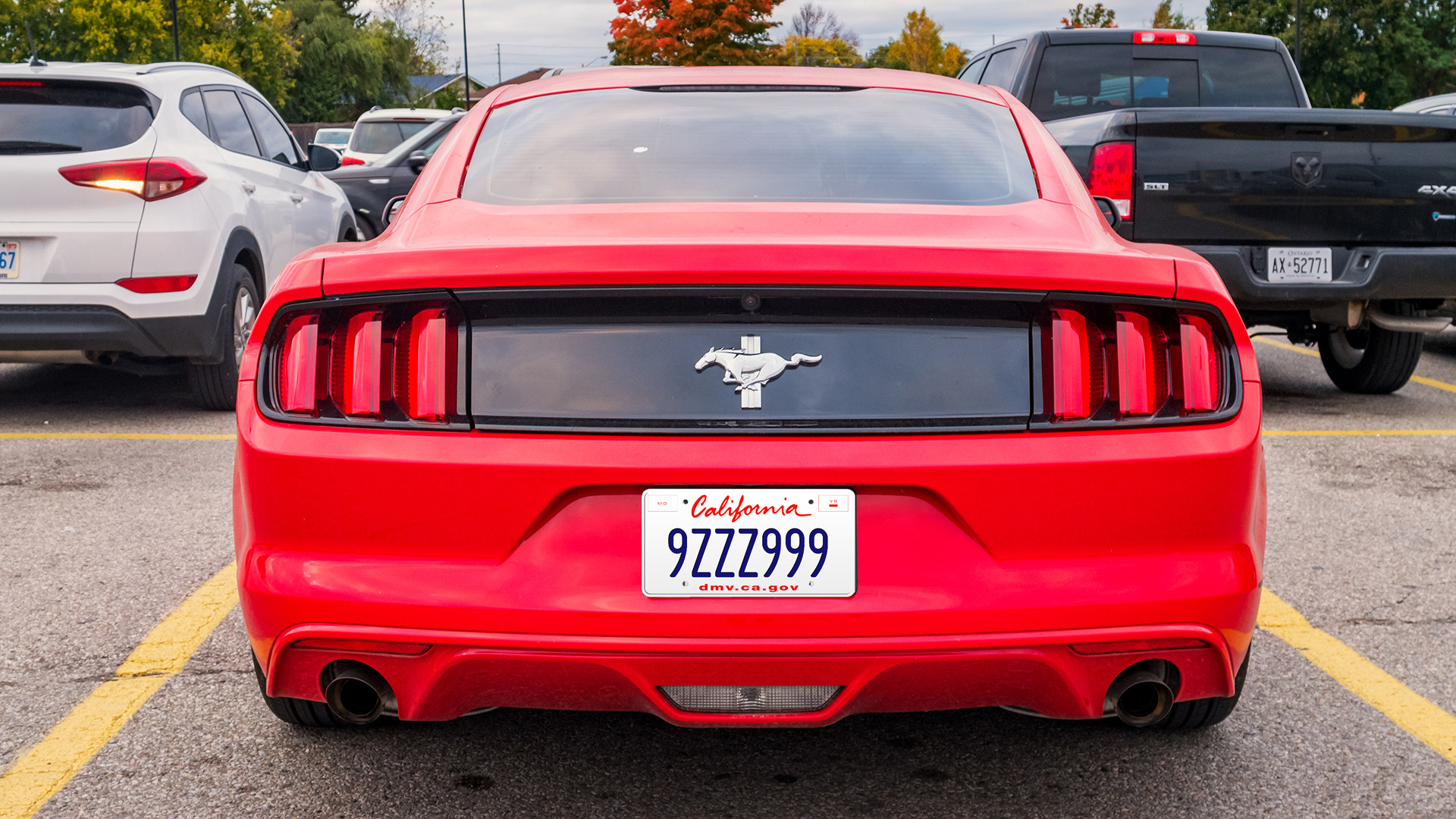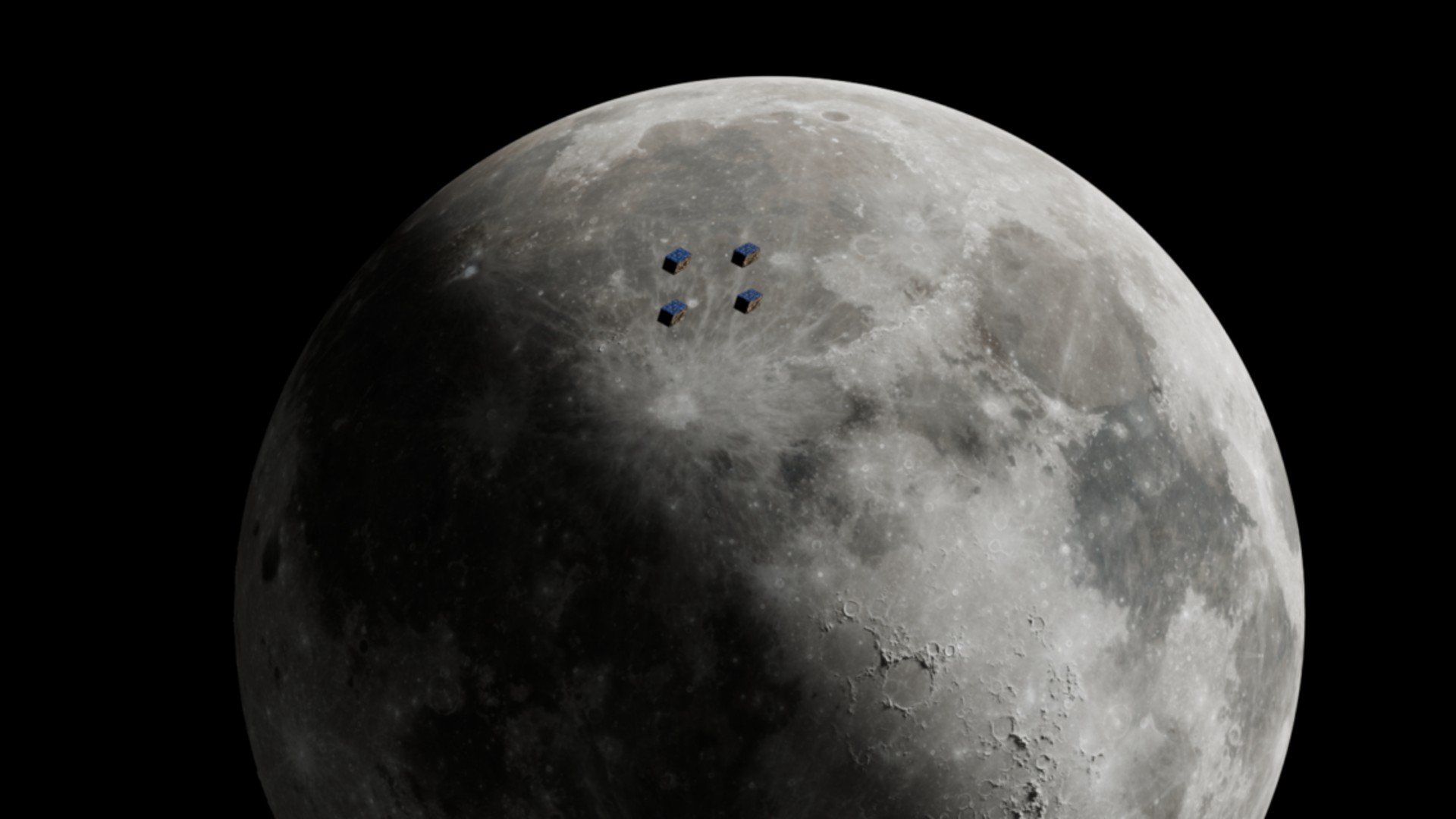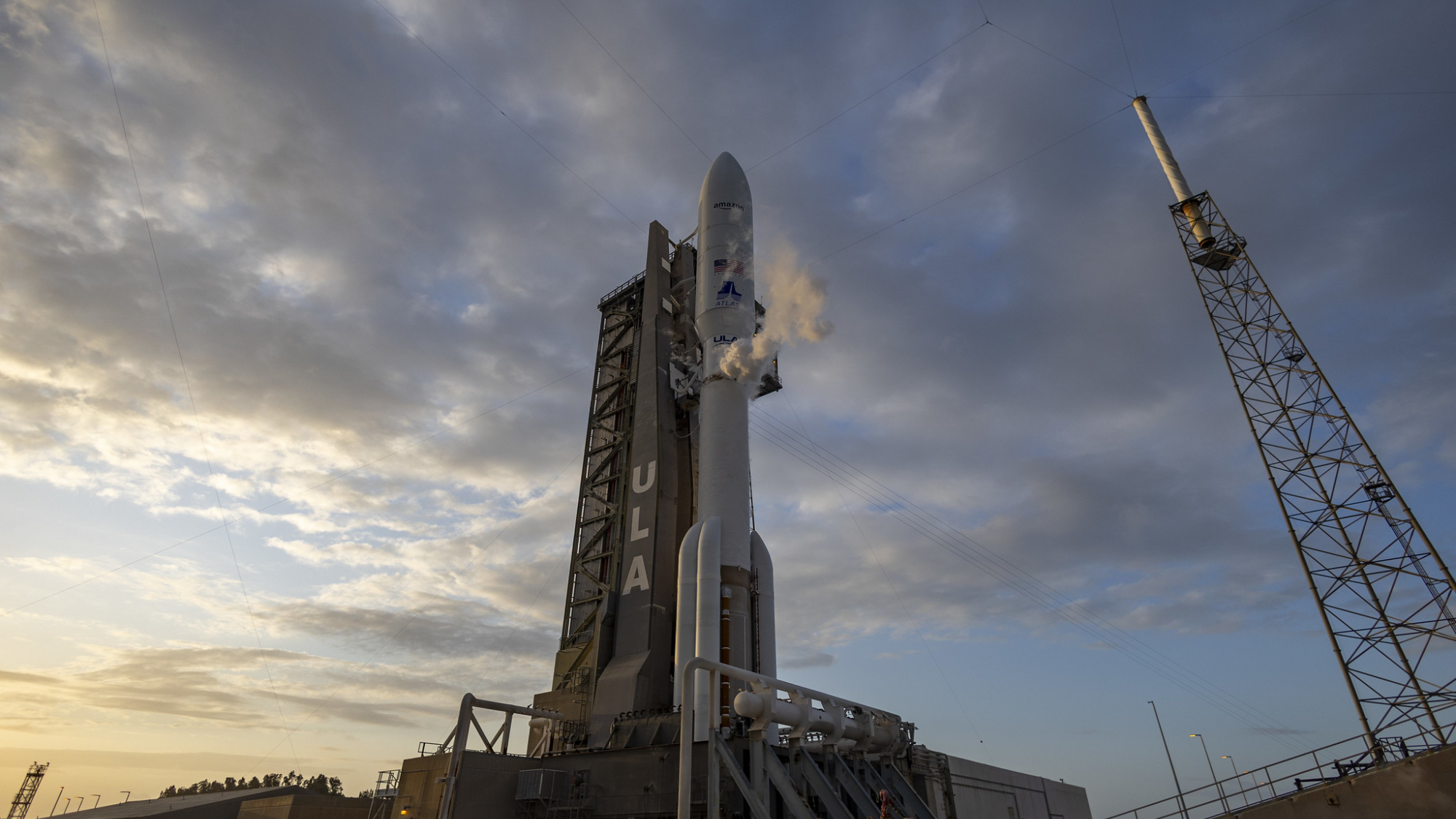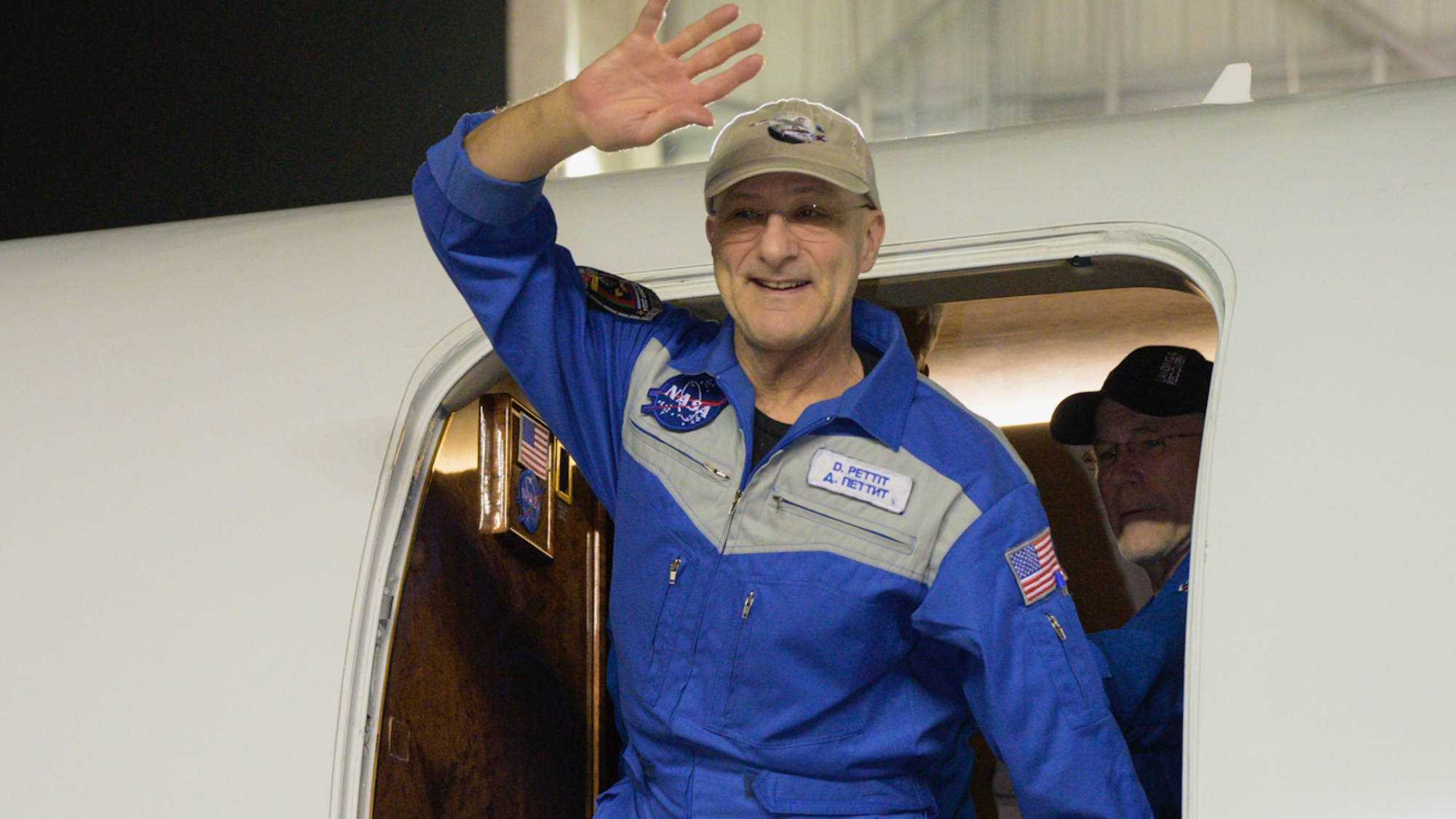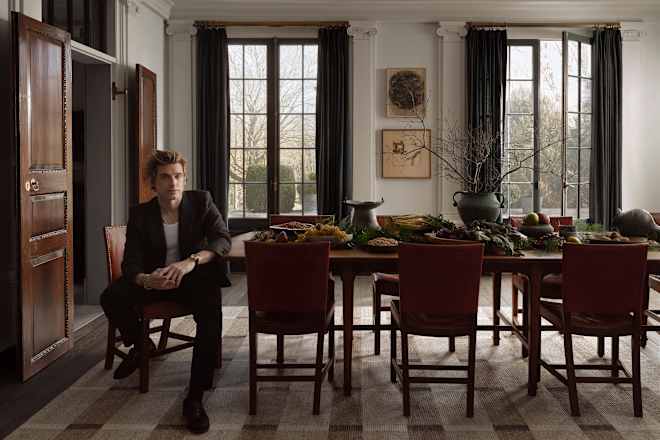The Papacy Is Forever Changed
Francis, who died this morning, transformed far more than the priorities of the Catholic Church.

Pope Francis, who died this morning at the age of 88, may go down in history as the most quoted pontiff. His statements to the press will shape his legacy far more than his official teachings; in terms of attention and influence, there was no contest between the two. Despite his reputation as a progressive reformer, Francis took a relatively cautious approach to doctrine. But through a massive corpus of interviews—more than 70 of which were long enough to be published as books, according to the longtime Vatican journalist Luis Badilla—he was able to inspire debate within the Church and shift its priorities without touching the letter of its laws.
Francis was much more accessible to the media than any of his predecessors—a gift to me and the rest of the Vatican press corps. On the outgoing flight of almost every international trip, he greeted each of us one by one, coming down the aisle even when hobbled by nerve pain. Then, on the flight back to Rome, he would gather us to answer questions. As far as news conferences go, these were pretty thrilling. In the early years at least, we never knew what to expect when Francis started talking, except that a sound bite was probably coming any moment.
During his first such conference, in 2013, he replied to a question about gay priests with what would become the most famous words of his papacy: “Who am I to judge?” The response—which prompted a mix of celebration, outrage, and confusion—was an early indication of how he would communicate during his 12 years as pope: off-the-cuff, blunt in style, ambiguous in substance.
[From the May 2015 issue: Will Pope Francis break the Church?]
Before becoming pope, Francis served as the archbishop of Buenos Aires, a role in which he avoided the press. But as soon as he moved into the Vatican, Francis seemed to relish speaking with reporters. His tone regularly fell somewhere between informal and irreverent, such as when he mused about kicking people “where the sun doesn’t shine” or assured the faithful that they weren’t expected to breed “like rabbits.”
Francis’s improvisations didn’t always sit easily with his predecessors’ teachings. Often vague and imprecise, his comments led to fierce arguments over interpretation that polarized the Church. In 2016, for example, he suggested to reporters that the use of contraception could be justified to prevent birth defects, despite the Church’s long-standing prohibition on artificial birth control. In a 2020 documentary, Francis voiced support for civil unions for same-sex couples despite a 2003 statement from the Vatican’s doctrinal office that ruled them out.
Statements like these prompted some conservatives to accuse the pope of fomenting confusion (or heresy, in certain cases), but others used Francis’s ambiguity to try to reconcile his responses to traditional doctrine. The latter group insisted, for example, that “Who am I to judge?” was not, in fact, an expression of leniency toward gay priests because it came from a longer spiel on sin.
Interviews were the pope’s main channel for shifting the pastoral emphasis of the Church, especially by downplaying sexual and medical ethics. “We cannot insist only on issues related to abortion, gay marriage, and the use of contraceptive methods,” Francis told an interviewer in 2013. “It is not necessary to talk about these issues all the time.” Ten years later, when asked if gay Catholics had to be celibate, the pope declined to answer directly but offered this tantalizingly permissive gloss: “We must not be superficial and naive, forcing people into things and behaviors for which they are not yet mature, or are not capable.”
Of course, Francis also left behind a body of formal teachings that sparked debate and signaled new priorities for the Church. His 2015 encyclical, Laudato Si’, which described man-made global warming as a threat to life on Earth and called for reducing carbon emissions, significantly developed Catholic teaching on the environment. The next year, in a wide-ranging document on the family, he loosened the Church’s ban on Communion for divorced Catholics who remarry without an annulment of their first marriage. (He made that change with characteristic indirection, putting the crucial language in a footnote.)
But the only significant revision that Francis made to the Catechism of the Catholic Church, a comprehensive summary of Catholic doctrine, was to deem the death penalty “inadmissible”—a close cousin to Pope John Paul II’s earlier formulation that the circumstances permitting capital punishment were “very rare, if not practically non-existent.”
Although Francis delivered many sound bites that encouraged liberal Catholics, he could also use interviews to dampen progressive enthusiasm. In April 2024, he told CBS unequivocally that women could not be ordained as deacons, practically dismissing the work of three different bodies that he had set up to study the possibility. (He muddled the issue further when, following an assembly of bishops and lay people at the Vatican that October, he approved a document stating that the question of women deacons “remains open.”) In the CBS interview, he played down the permission that the Vatican had granted priests to bless same-sex couples. Francis suggested that the blessings were intended for gay people as individuals only, not couples, even though the wording in the official declaration indicated otherwise. The next month, during a meeting with Italian bishops, he further angered progressives—and many others—when he used a vulgar term for gay people while affirming his predecessors’ policy of banning men with “deep-seated homosexual tendencies” from seminaries. (He later apologized for the slur and disavowed any homophobic intent.)
[Michael J. O’Loughlin: Why Pope Francis’s recent decree shook the Catholic Church]
The fallout from that episode notwithstanding, Francis enjoyed extremely favorable media coverage throughout his papacy, a function of not only the access he offered the press, but also many journalists’ sympathy for what they saw as his liberalizing agenda. In private, some of his subordinates described Francis as a mercurial and calculating leader, an image that was obscured by the genial humility he showed reporters and, by extension, the public. In 2024, addressing the press corps, he thanked us for treating scandals in the Church with “a great delicacy, a respect, an almost abashed silence”; not all of us appreciated the compliment. He may have been referring to the sex-abuse scandals that dogged his pontificate, as they had those of his two immediate predecessors. The press often portrayed him as a reformer on the matter, but victims’ advocates said his policies were unevenly applied and lacked transparency. (He wasn’t always pleased with how the press handled controversy. In 2016, he likened our interest in impropriety to “the sickness of coprophilia”—that is, a sexual disorder involving excrement.)
Even though Francis didn’t always seem to weigh his words, he was quick to correct the record when he saw a danger of misunderstanding. In 2016, the morning after a French priest was murdered in an attack claimed by the Islamic State, I was part of a group of journalists that accompanied him on a previously scheduled flight. The pope responded to the killing by telling us that a new world war was under way. We immediately imagined the headlines of the articles we would file when we landed. But a few minutes later, Francis took back the microphone and clarified that he wasn’t advocating a religious war. “All the religions, we want peace,” he said.
By contrast, if Francis was unhappy with the prevailing liberal interpretation of “Who am I to judge?” he never took the opportunity to correct it. Francis relished ambiguity, and his reasons for employing it are themselves open to interpretation. He may have been trying to soften the edges of official teachings that he never really wanted to change. Or he may have meant to sow the seeds of long-term liberalization, preparing Catholics to see future doctrinal change as a natural outgrowth of papal rhetoric rather than a break with tradition.
Regardless, Francis clearly believed that provocation and disruption were healthy for the Church. He once encouraged a group of young Catholics to “make a mess,” advice he followed himself. Take, for example, the shocking series of interviews that Francis did with the Italian journalist Eugenio Scalfari over several years. When Scalfari wrote that Francis said hell didn’t exist, the Vatican quibbled that the article was not a “faithful transcription” of Francis’s words, rather than clarifying that Francis believed what the Church teaches. Only when Scalfari quoted Francis as denying the divinity of Jesus Christ did the Vatican issue a flat denial.
Whatever Francis intended when he spoke to the media, his comments widened the Church’s Overton window, exacerbated its divisions, and gave a boost to liberal energies that will not subside anytime soon, even if the coming conclave chooses a conservative successor. They also changed the papacy itself. The next pope, no matter his personal inclinations, will feel pressure to maintain a certain level of accessibility to the media, to keep from appearing aloof or unresponsive by comparison with Francis. Whether they like it or not, his successors won’t be able to let their official teachings do all the talking.
